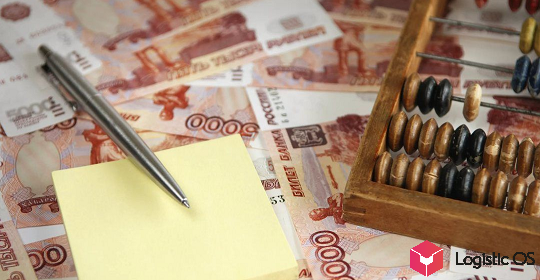In the first week of the new agricultural season, Russian grain exports set records. Exporters have plans to maintain high levels of grain sales.
In early July, Russia exported about 1.26 million tons of grain.
This is a double increase compared to last July.
In particular, the export of wheat increased by 95%, barley — by 2.5 times, corn — by 5.5 times, the Russian Grain Union notes.
If such rates continue, then export volumes for the whole of July may turn out to be record-breaking.
As Elena Tyurina, director of the analytical department of the union, noted, daily shipments in the first week of July were at the level of 135,000 tons, which is twice as high as in the same period last season: 70,000 tons.
There is hope that for the whole of July this figure will reach 3.5 million tons against 2.8 million tons a year earlier.
What kind of exports can there be in the new season?
As the Minister of Agriculture of the Russian Federation Dmitry Patrushev said at the plenary meeting of the All-Russian Field Day-2023, this season grain exports could amount to about 55 million tons.
And if the harvest turns out to be higher than expected, then this figure can be further increased.
In general, although it will not be so easy to reach last year’s record figure of 60 million tons of grain (of which 47 million tons of wheat), but the Russian department expects that it will also be good.
By the way, in the season before last 2021-2022. the volume of Russian grain exports was significantly less: 38 million tons of grain, of which 31 million tons of wheat.
Compared to these values, Russia has most likely already reached a higher level.
As Patrushev noted, now the Russian Federation holds a strong position in the world grain market. Every fifth party is of Russian origin, the minister stressed.
Which countries buy Russian grain?
According to Patrushev, now about 96% of deliveries come from friendly countries.
This indicates that Russia as a whole managed to overcome the main challenges of the past year and reorient its supplies in such a way that they are stable.
Moreover, many buyers have significantly increased their purchase volumes.
For example, these are Egypt, Türkiye, Saudi Arabia.
In addition, Russia has new buyers on the world market, including Jordan, Brazil, Bangladesh, and Tunisia.
All this allows us to count on the fact that Russian grain will find its buyer, and therefore farmers have every reason to strive to get a high yield in the new season.

